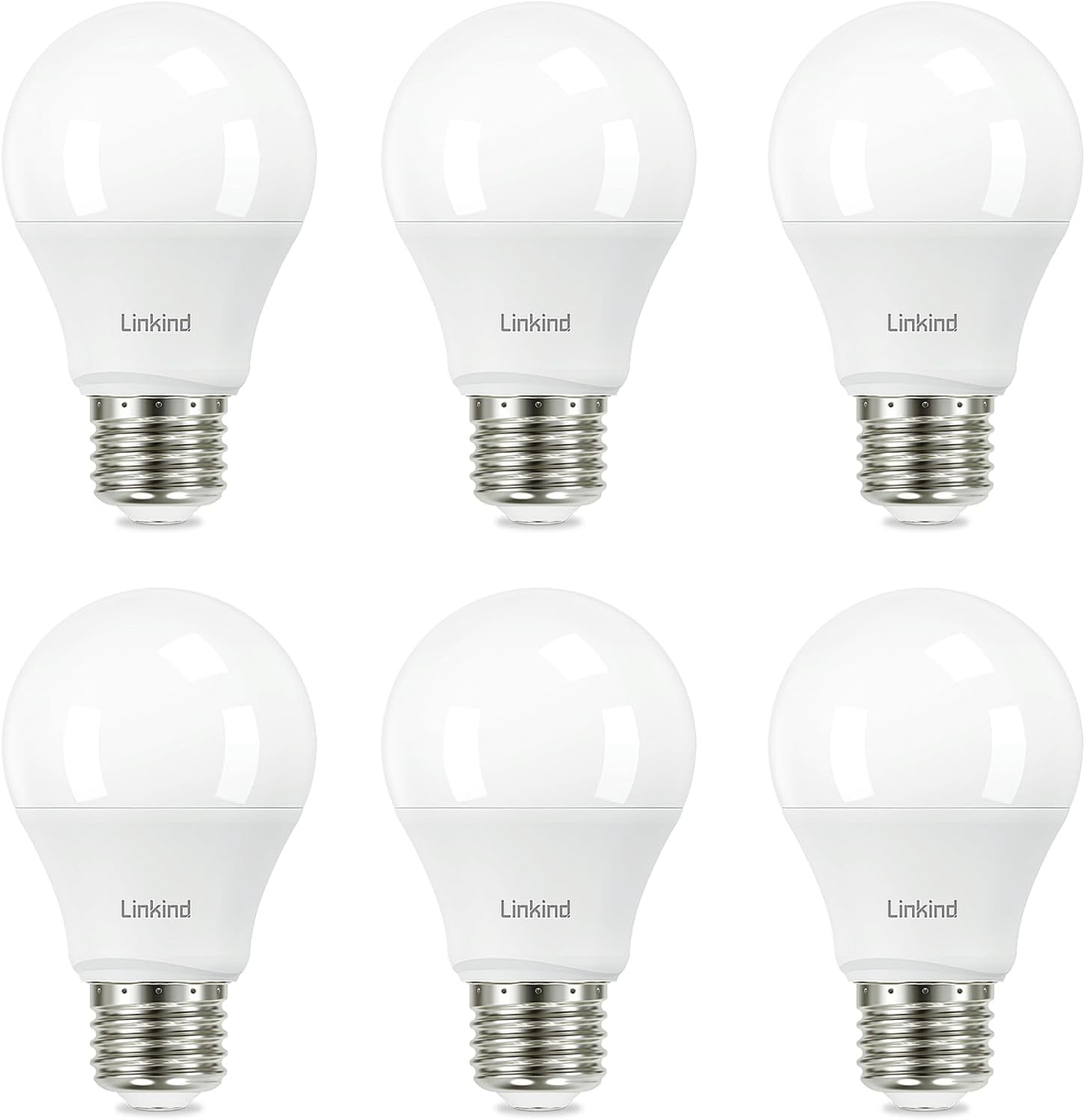Your cart is currently empty!
Tag: Efficient

Cracking the Code of Deep Learning: Building Efficient Systems with PyTorch and TensorFlow
Deep learning has revolutionized the field of artificial intelligence, allowing machines to learn and make decisions like humans. However, building efficient deep learning systems can be a daunting task for many developers. In this article, we will explore how to crack the code of deep learning by using popular frameworks like PyTorch and TensorFlow.PyTorch and TensorFlow are two of the most widely used deep learning frameworks in the industry. They offer a wide range of tools and functionalities that make it easier for developers to build and train deep learning models. By understanding the key concepts and techniques behind these frameworks, developers can create efficient systems that can tackle complex tasks with ease.
One of the key aspects of building efficient deep learning systems is understanding the architecture of neural networks. Neural networks are the building blocks of deep learning models, and they consist of interconnected layers of neurons that process and learn from data. By designing a neural network with the right architecture, developers can improve the performance and efficiency of their deep learning systems.
Another important aspect of building efficient deep learning systems is data preprocessing. Preprocessing data involves cleaning, transforming, and normalizing data before feeding it into a neural network. By preprocessing data properly, developers can improve the accuracy and generalization of their deep learning models.
In addition to understanding neural network architecture and data preprocessing, developers can also improve the efficiency of their deep learning systems by using techniques like transfer learning and fine-tuning. Transfer learning allows developers to leverage pre-trained models and adapt them to new tasks, while fine-tuning involves adjusting the parameters of a pre-trained model to improve its performance on a specific task.
Furthermore, developers can optimize the training process of their deep learning models by using techniques like batch normalization, dropout, and learning rate scheduling. Batch normalization helps stabilize the training process by normalizing the input data, while dropout prevents overfitting by randomly dropping neurons during training. Learning rate scheduling involves adjusting the learning rate of a neural network during training to improve convergence and performance.
By mastering these key concepts and techniques, developers can crack the code of deep learning and build efficient systems with PyTorch and TensorFlow. With the right tools and knowledge, developers can create deep learning models that can handle complex tasks with speed and accuracy. So, if you’re looking to dive into the world of deep learning, be sure to check out PyTorch and TensorFlow and start building your efficient deep learning systems today.
#Cracking #Code #Deep #Learning #Building #Efficient #Systems #PyTorch #TensorFlow,understanding deep learning: building machine learning systems with pytorch
and tensorflow
Upgrade Efficient Pet Hair Remover Gloves – Gentle Shedding Brushes for Dogs …

Upgrade Efficient Pet Hair Remover Gloves – Gentle Shedding Brushes for Dogs …
Price : 30.76
Ends on : N/A
View on eBay
Upgrade Efficient Pet Hair Remover Gloves – Gentle Shedding Brushes for DogsSay goodbye to pesky pet hair on your furniture, clothes, and carpets with our upgraded pet hair remover gloves! These gloves are designed to be gentle on your furry friend while effectively removing loose hair and reducing shedding.
Our gloves feature soft, flexible bristles that massage your pet’s skin and coat, helping to promote healthy circulation and a shiny coat. The adjustable strap ensures a comfortable fit for all hand sizes, and the breathable mesh material keeps your hands cool and comfortable during grooming sessions.
Whether you have a long-haired or short-haired pet, these shedding brushes are perfect for removing excess fur and keeping your home clean. Simply pet your furry friend with the gloves on to collect loose hair, then easily peel off the hair for quick and easy clean-up.
Upgrade your grooming routine with our efficient pet hair remover gloves and say hello to a cleaner, happier home for you and your pet!
#Upgrade #Efficient #Pet #Hair #Remover #Gloves #Gentle #Shedding #Brushes #Dogs,pet hair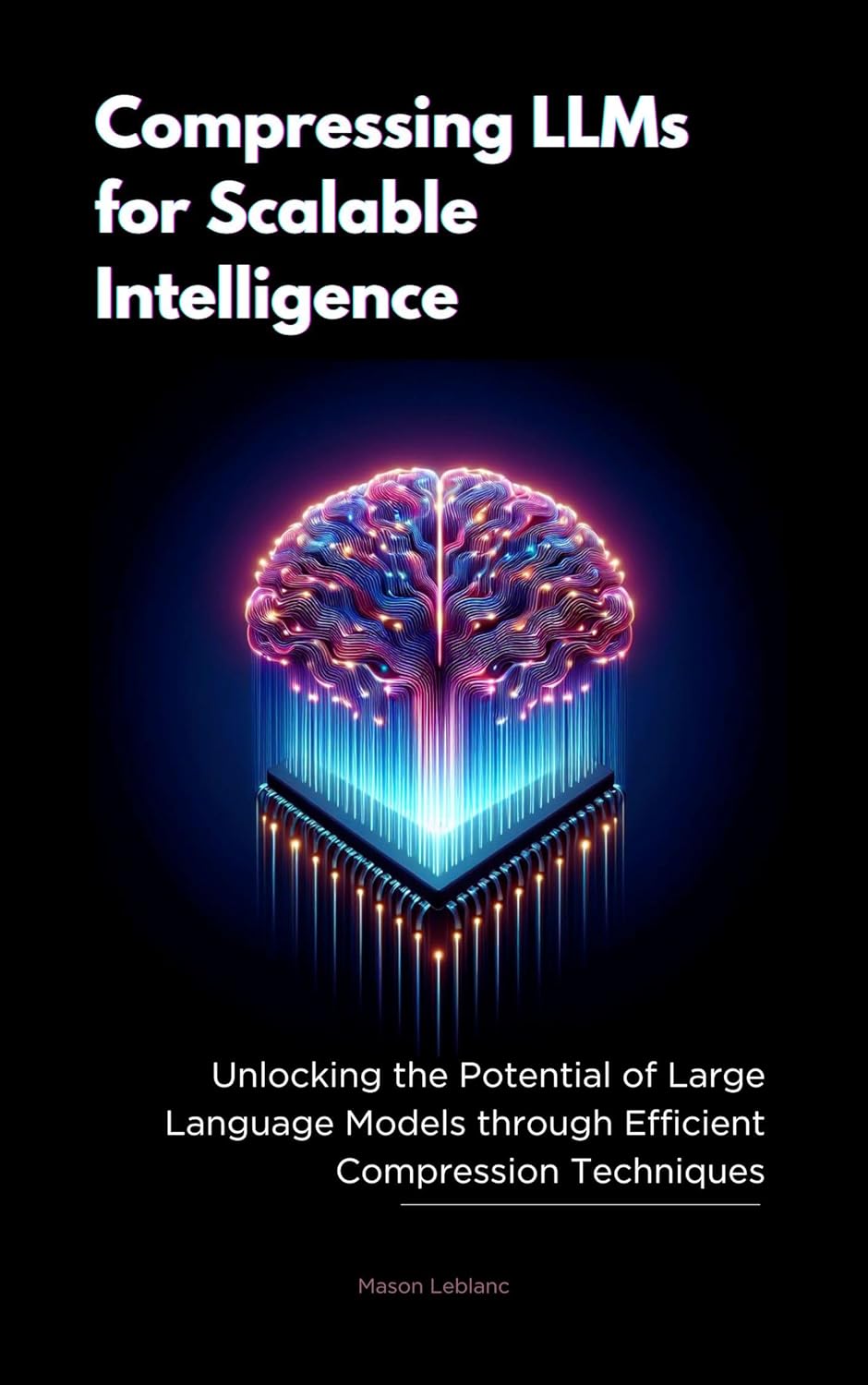
Compressing LLMs for Scalable Intelligence: Unlocking the Potential of Large Language Models through Efficient Compression Techniques
Price: $6.50
(as of Dec 30,2024 02:52:45 UTC – Details)
ASIN : B0CWPH8T7M
Publication date : February 27, 2024
Language : English
File size : 505 KB
Simultaneous device usage : Unlimited
Text-to-Speech : Enabled
Screen Reader : Supported
Enhanced typesetting : Enabled
X-Ray : Not Enabled
Word Wise : Not Enabled
Print length : 113 pages
Large Language Models (LLMs) have revolutionized the field of natural language processing, enabling machines to generate human-like text and perform a wide range of language-related tasks. However, the sheer size and computational requirements of these models have posed significant challenges in terms of scalability and efficiency.To address these challenges, researchers and engineers have been exploring various ways to compress LLMs without sacrificing their performance. By compressing LLMs, we can reduce their memory footprint, speed up inference times, and make them more accessible for a wider range of applications.
In our latest research, we have developed efficient compression techniques that allow us to unlock the full potential of LLMs for scalable intelligence. Our approach involves using a combination of techniques such as pruning, quantization, and knowledge distillation to reduce the size of LLMs while preserving their accuracy and capabilities.
By compressing LLMs, we can make them more lightweight and easier to deploy on a variety of devices, from smartphones to edge computing platforms. This enables faster and more efficient natural language processing applications that can handle large volumes of text data with ease.
Overall, by compressing LLMs for scalable intelligence, we can democratize access to advanced language models and empower more developers and organizations to harness the power of natural language processing for a wide range of applications. Join us in unlocking the full potential of LLMs through efficient compression techniques and revolutionize the field of natural language processing.
#Compressing #LLMs #Scalable #Intelligence #Unlocking #Potential #Large #Language #Models #Efficient #Compression #Techniques,unlocking data with generative ai and rag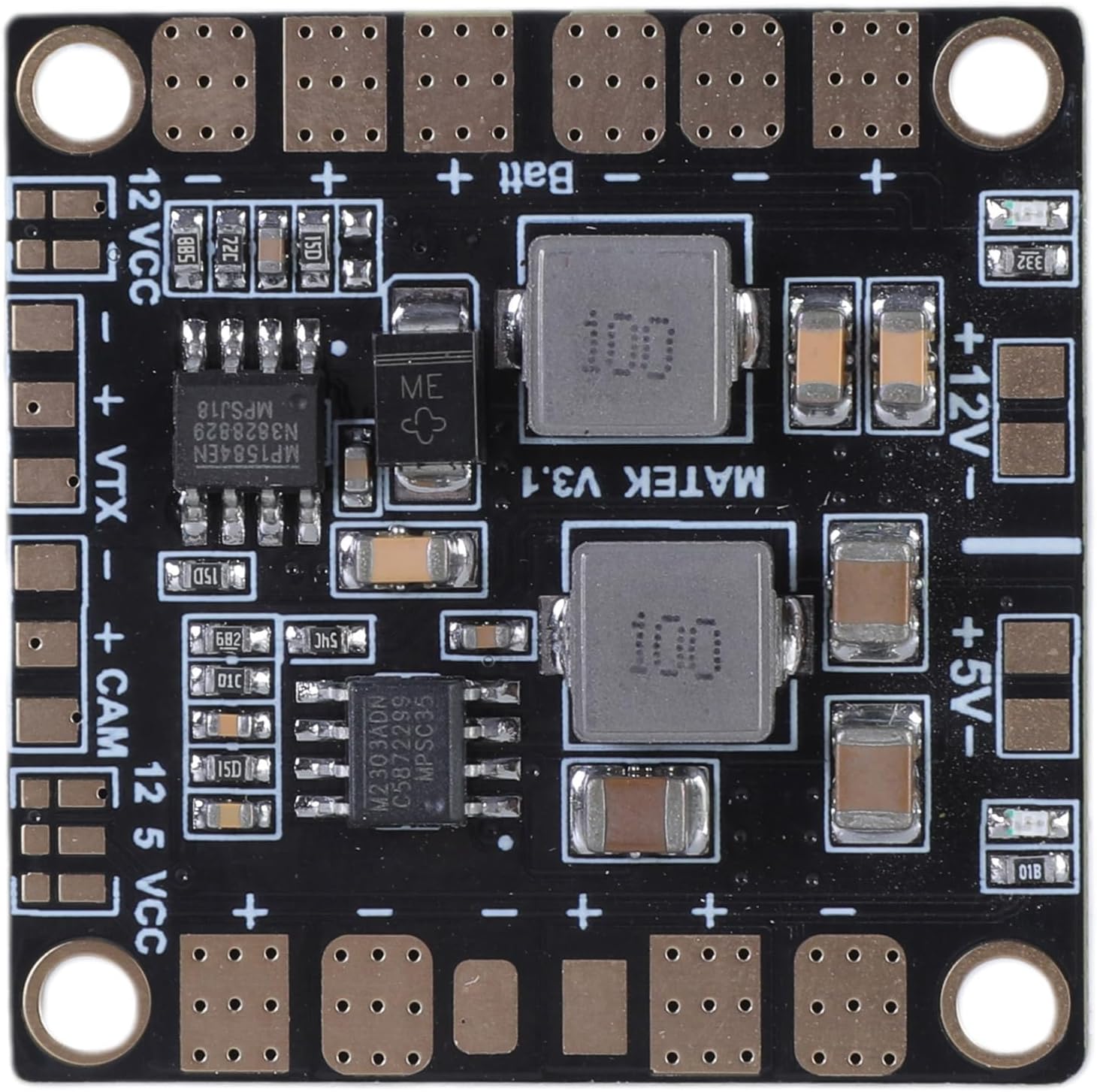
Matek Power Hub Power Distribution Board with Double BEC 5V & 12V Output and Efficient for Quadcopter
Price: $4.24
(as of Dec 30,2024 02:37:52 UTC – Details)
Multiple option for images transmission and camera collection.
2oz coppered foil 4-layer Printed Circuit Board ensures high current flows.
The BEC input has TVS protections to high-voltage from impacting the direct current chip during battery insertion and removal.
Same size as Naze32, CC3D flight control, weighing only 6g.
Double synchronous rectification bucked BEC, 5V continuous 3A, 12V continuous 2A (up to 3A) output.
Introducing the Matek Power Hub Power Distribution Board, the ultimate solution for your quadcopter power needs! This board features double BEC outputs at both 5V and 12V, providing efficient power distribution for all your electronic components.With this Power Hub, you can easily connect and power up your flight controller, receiver, camera, and other accessories with ease. The dual BEC outputs ensure stable and reliable power delivery, eliminating the risk of voltage drops and interference.
Designed specifically for quadcopters, this Power Hub is compact, lightweight, and easy to install. Its high-quality components and durable construction ensure long-lasting performance, making it the perfect choice for both beginner and experienced pilots.
Upgrade your quadcopter’s power system with the Matek Power Hub Power Distribution Board and experience smoother flights and better overall performance. Don’t settle for anything less – choose Matek for all your power distribution needs!
#Matek #Power #Hub #Power #Distribution #Board #Double #BEC #12V #Output #Efficient #Quadcopter,BUCKED UP
Diving Deep into Deep Learning: Building Efficient Machine Learning Systems with PyTorch and TensorFlow
Deep learning has revolutionized the field of artificial intelligence and machine learning, allowing for the development of highly efficient and powerful systems that can learn and adapt from data. Two of the most popular deep learning frameworks, PyTorch and TensorFlow, have played a crucial role in enabling researchers and developers to build state-of-the-art machine learning models.PyTorch, developed by Facebook’s AI Research lab, has gained popularity for its flexibility and ease of use. It provides dynamic computational graphs, allowing for easy debugging and experimentation. TensorFlow, on the other hand, was developed by Google and has become widely used in industry for its scalability and production-ready features.
Building efficient machine learning systems with PyTorch and TensorFlow requires a deep understanding of the underlying principles of deep learning and the ability to leverage the unique features of each framework. In this article, we will dive deep into the key concepts and best practices for building efficient machine learning systems with PyTorch and TensorFlow.
One of the fundamental concepts in deep learning is neural networks, which are the building blocks of deep learning models. Neural networks consist of layers of interconnected nodes, called neurons, that process input data and generate output predictions. PyTorch and TensorFlow provide high-level abstractions for building neural networks, making it easy to define complex architectures and train models on large datasets.
Another important concept in deep learning is optimization, which involves adjusting the parameters of a neural network to minimize a loss function. PyTorch and TensorFlow provide efficient optimization algorithms, such as stochastic gradient descent and Adam, that allow for fast convergence and improved model performance.
In addition to building and training neural networks, PyTorch and TensorFlow also provide tools for evaluating and deploying machine learning models. Both frameworks support a wide range of evaluation metrics, such as accuracy and precision-recall curves, that can be used to assess the performance of a model on a given dataset. PyTorch and TensorFlow also provide APIs for deploying models in production environments, allowing for seamless integration with web applications and other systems.
To build efficient machine learning systems with PyTorch and TensorFlow, it is important to follow best practices and optimize the performance of your models. This includes carefully tuning hyperparameters, such as learning rate and batch size, to improve convergence and prevent overfitting. It also involves using techniques such as data augmentation and dropout to improve model generalization and robustness.
In conclusion, PyTorch and TensorFlow are powerful deep learning frameworks that enable developers to build efficient machine learning systems. By understanding the key concepts and best practices for building and training neural networks, you can leverage the unique features of PyTorch and TensorFlow to create state-of-the-art machine learning models that can learn and adapt from data. So, dive deep into deep learning with PyTorch and TensorFlow and unlock the full potential of artificial intelligence and machine learning.
#Diving #Deep #Deep #Learning #Building #Efficient #Machine #Learning #Systems #PyTorch #TensorFlow,understanding deep learning: building machine learning systems with pytorch
and tensorflow: from neural networks (cnn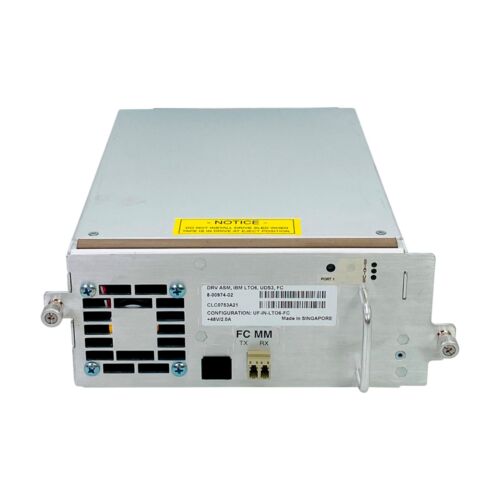
TESTED IBM UF-IN-LTO6-FC Tape Drive Efficient Data Storage Solution for Business

TESTED IBM UF-IN-LTO6-FC Tape Drive Efficient Data Storage Solution for Business
Price :508.35– 482.93
Ends on : N/A
View on eBay
Are you looking for a reliable and efficient data storage solution for your business? Look no further than the IBM UF-IN-LTO6-FC Tape Drive.We recently tested this tape drive and were extremely impressed with its performance. The IBM UF-IN-LTO6-FC Tape Drive offers high capacity storage, fast data transfer speeds, and robust data protection features. It is the perfect solution for businesses that need to store large amounts of data securely and efficiently.
With the IBM UF-IN-LTO6-FC Tape Drive, you can easily backup and archive your important business data, ensuring that it is safe and easily accessible when you need it. Plus, its compact design makes it easy to integrate into your existing data storage infrastructure.
If you want a reliable and efficient data storage solution for your business, look no further than the IBM UF-IN-LTO6-FC Tape Drive. Contact us today to learn more about how this tape drive can benefit your business.
#TESTED #IBM #UFINLTO6FC #Tape #Drive #Efficient #Data #Storage #Solution #Business, Data Storage
Hard Disk Case Efficient Heat Dissipation Safe Data Storage Usb3.1 Type-c Ssd

Hard Disk Case Efficient Heat Dissipation Safe Data Storage Usb3.1 Type-c Ssd
Price : 16.78
Ends on : N/A
View on eBay
Are you looking for a reliable and efficient hard disk case that ensures safe data storage and efficient heat dissipation? Look no further, because our USB3.1 Type-C SSD hard disk case is the perfect solution for all your storage needs.With its sleek design and high-quality materials, our hard disk case not only protects your valuable data but also ensures that your SSD stays cool and performs at its best. The USB3.1 Type-C interface allows for lightning-fast data transfer speeds, making it ideal for transferring large files quickly and efficiently.
Say goodbye to slow and unreliable storage solutions, and invest in our hard disk case for a safe and reliable data storage experience. Trust us to keep your data safe and secure while providing you with the efficiency and performance you need.
#Hard #Disk #Case #Efficient #Heat #Dissipation #Safe #Data #Storage #Usb3.1 #Typec #Ssd, Data Storage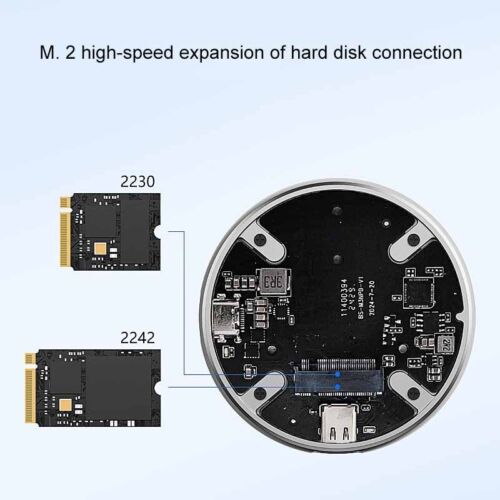
User Centric Design Aluminum Alloy NVMe Case for Efficient Data Management

User Centric Design Aluminum Alloy NVMe Case for Efficient Data Management
Price :35.58– 31.31
Ends on : N/A
View on eBay
Are you looking for a sleek and efficient solution for managing your data storage needs? Look no further than our User Centric Design Aluminum Alloy NVMe Case!This innovative case is designed with the user in mind, with a focus on efficiency and ease of use. The aluminum alloy construction not only provides a durable and lightweight casing for your NVMe drive, but also helps dissipate heat for optimal performance.
With support for the latest NVMe drives, you can take advantage of lightning-fast data transfer speeds for seamless file management. The tool-free design makes installation a breeze, saving you time and hassle.
Whether you’re a professional looking for a reliable storage solution or a tech-savvy individual in need of extra space for your files, our User Centric Design Aluminum Alloy NVMe Case is the perfect choice for efficient data management. Upgrade your storage setup today and experience the difference for yourself!
#User #Centric #Design #Aluminum #Alloy #NVMe #Case #Efficient #Data #Management, Data Management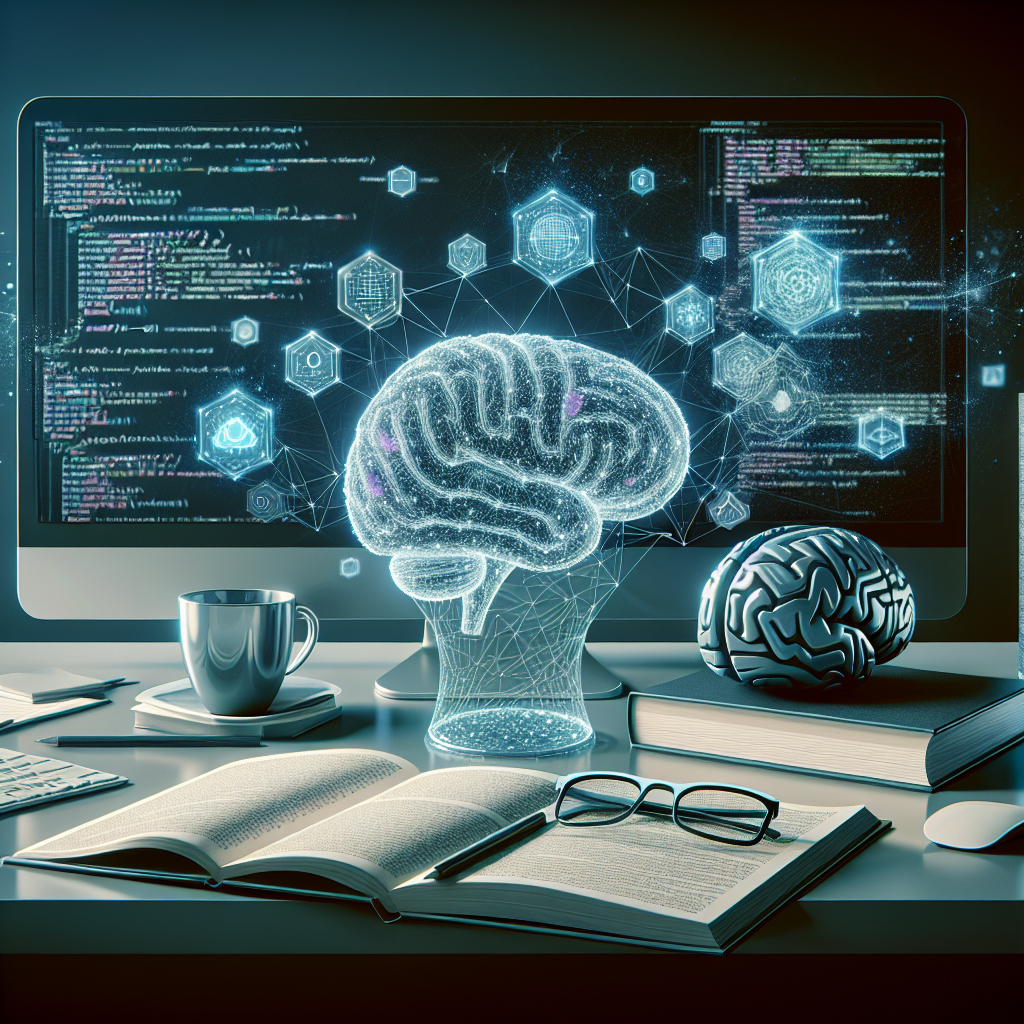
Building Efficient Machine Learning Systems: A Comprehensive Guide to Deep Learning with CNNs and PyTorch/TensorFlow
Machine learning has become an indispensable tool in a wide range of industries, from healthcare to finance to marketing. One of the most powerful and widely used techniques in machine learning is deep learning, which involves training neural networks with multiple hidden layers to learn complex patterns and relationships in data. Convolutional Neural Networks (CNNs) are a type of deep neural network that is particularly well-suited for tasks such as image recognition and natural language processing.In this comprehensive guide, we will explore how to build efficient machine learning systems using CNNs and popular deep learning frameworks such as PyTorch and TensorFlow. We will cover the basics of deep learning, including the structure of neural networks, the backpropagation algorithm, and the importance of hyperparameters. We will also discuss how to preprocess data, train models, and evaluate performance.
One of the key challenges in building efficient machine learning systems is optimizing the architecture of the neural network. This involves choosing the number of layers, the size of each layer, the activation functions, and other components of the network. In the case of CNNs, it is important to consider the structure of the convolutional layers, pooling layers, and fully connected layers. By experimenting with different architectures and hyperparameters, we can find the optimal configuration for a given task.
Another important consideration in building efficient machine learning systems is data preprocessing. This involves cleaning and formatting the data, as well as transforming it into a format that is suitable for input to the neural network. For image data, this may involve resizing and normalizing the images. For text data, this may involve tokenizing the text and converting it into a numerical representation.
Training a neural network involves feeding the data through the network, computing the output, comparing it to the true labels, and updating the weights of the network using the backpropagation algorithm. This process is repeated for multiple epochs until the network converges to a satisfactory solution. It is important to monitor the training process and adjust the learning rate, batch size, and other hyperparameters as needed to prevent overfitting and ensure good generalization performance.
Finally, evaluating the performance of a trained model involves testing it on a separate validation set or using cross-validation. Metrics such as accuracy, precision, recall, and F1 score can be used to quantify the performance of the model. It is also important to consider the computational efficiency of the model, including the training time, memory usage, and inference speed.
In conclusion, building efficient machine learning systems with CNNs and deep learning frameworks such as PyTorch and TensorFlow requires a combination of theoretical knowledge, practical experience, and experimentation. By following best practices in data preprocessing, model training, and performance evaluation, we can develop robust and reliable machine learning systems that can solve a wide range of tasks in a variety of domains.
#Building #Efficient #Machine #Learning #Systems #Comprehensive #Guide #Deep #Learning #CNNs #PyTorchTensorFlow,understanding deep learning: building machine learning systems with pytorch
and tensorflow: from neural networks (cnn
